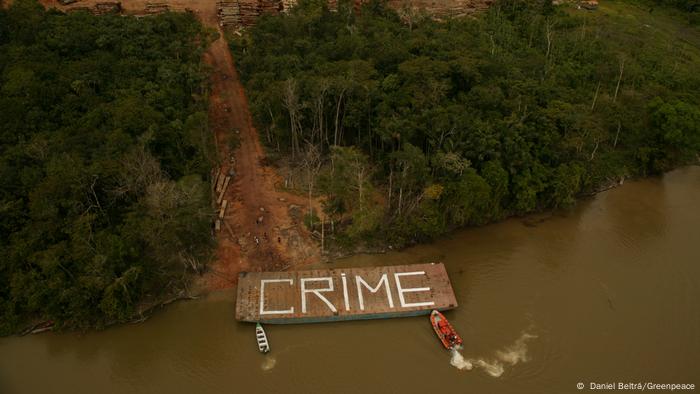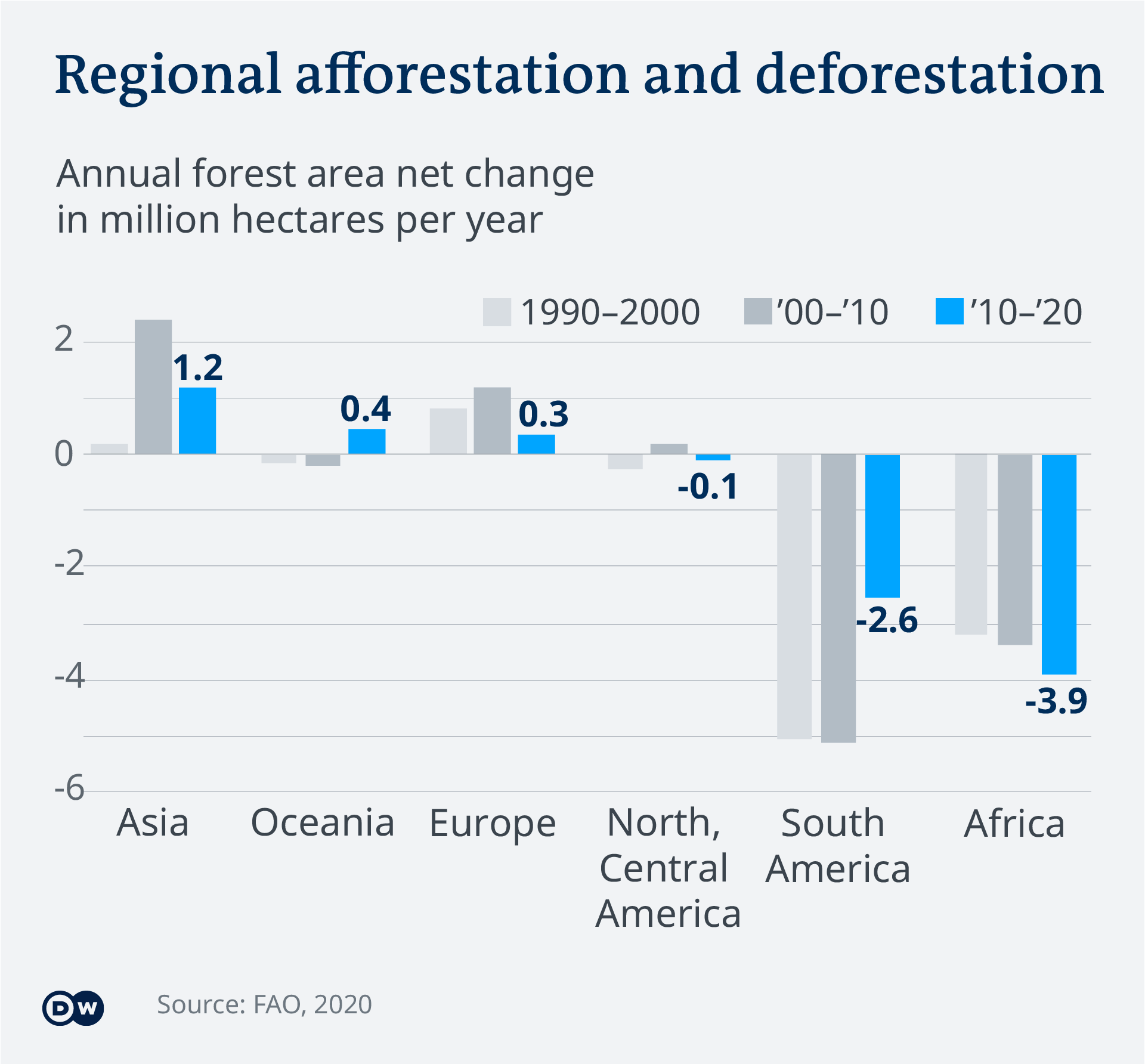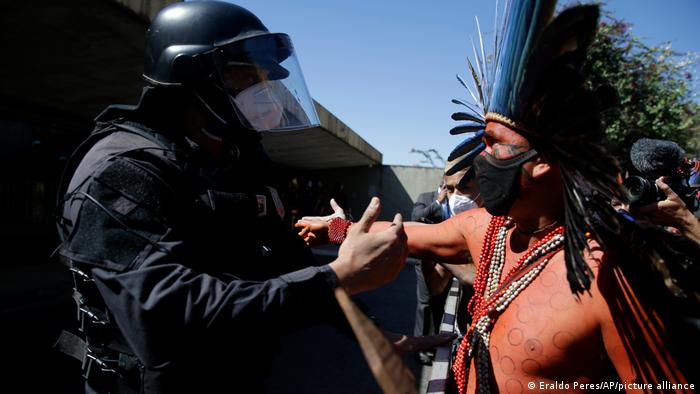

Deere ContractFILE - Members of the United Auto Workers strike outside of a John Deere plant, Wednesday, Oct. 20, 2021, in Ankeny, Iowa. The farm equipment manufacturer reached a tentative labor agreement Saturday, Oct. 30, with the United Auto Workers union. But a UAW strike that began Oct. 14 will continue -- and details of the proposed contract will not be released -- while workers study the terms of the agreement in advance of a vote. (AP Photo/Charlie Neibergall, File)More
JOSH FUNK
Tue, November 2, 2021
Most workers at Deere & Co. rejected a contract offer Tuesday that would have given them 10% raises and decided to remain on strike in the hopes of securing a better deal.
The raises in the new agreement reached over the weekend were twice as big as the ones in the original offer United Auto Workers union members rejected last month, but those raises and improved benefits weren't enough to end the strike that began on Oct. 14. The new agreement also would have provided an $8,500 ratification bonus, preserved a pension option for new employees, made workers eligible for health insurance sooner and maintained their no-premium health insurance coverage.
The disputed contract covers more than 10,000 Deere workers at 12 facilities in Iowa, Illinois and Kansas. A smaller group of about 100 workers at two Deere facilities in Colorado and Georgia voted to accept an identical deal.
The union said 55% of its members at the 12 main plants voted against this latest contract offer Tuesday.
Last month, 90% of union members also rejected a proposed contract that included immediate 5% raises for some workers and 6% for others, and 3% raises in 2023 and 2025.
Deere officials said they were disappointed the agreement was voted down.
“Through the agreements reached with the UAW, John Deere would have invested an additional $3.5 billion in our employees, and by extension, our communities, to significantly enhance wages and benefits that were already the best and most comprehensive in our industries,” said Marc A. Howze, Deere's chief administrative officer. “This investment was the right one for Deere, our employees, and everyone we serve together."
Employees would have received wages between $22.13 an hour and $33.05 an hour under the latest rejected contract, depending on their position.
Tuesday's vote means that the first major strike since 1986 will continue at the maker of agriculture and construction equipment. Currently, many companies are dealing with worker shortages, making workers feel emboldened to demand more.
Douglas Woolam told the Des Moines Register that he voted against the contract because he didn’t think it provided enough for the majority of workers who are on the lower end of the pay scale.
Woolam, who has worked for the company for 23 years in Moline, Illinois, said members of his family have been working for the company for 75 years, beginning with his grandfather. He said his father retired from Deere making a higher wage than he earns now.
Forklift operator Irving Griffin, who has been with Deere for 11 years, told the newspaper Monday that he planned to vote against the contract because he believed the company can offer even more.
Griffin said he thought workers should hold out for a better offer even though workers are receiving only $275 a week from the union while they’re on strike.
“Now is the best time to strike and take a stand for what we’re really worth,” he said to the newspaper.
Sales have been strong at the Moline, Illinois-based company this year as the economy continued to recover from the pandemic. Deere has predicted it will report record profits this year between $5.7 billion and $5.9 billion.

Deere ContractMembers of the United Auto Workers strike outside of a John Deere plant, Wednesday, Oct. 20, 2021, in Ankeny, Iowa. About 10,000 UAW workers have gone on strike against John Deere since last Thursday at plants in Iowa, Illinois and Kansas. (AP Photo/Charlie Neibergall)
John Deere Workers Reject Tentative Deal, Decide To Stay On Strike
Dave Jamieson
Tue, November 2, 2021,
Workers at John Deere voted Tuesday to reject the latest tentative agreement negotiated between the company and their union, a sign that the largest U.S. private-sector strike in two years is likely to continue.
Local affiliates of the United Auto Workers union informed members late Tuesday that the deal had been voted down by a 55-45 margin. The failure of the deal will send the union’s bargaining committee back to the table with the company in an effort to secure better terms for the 10,000 workers covered by the contracts.
“The strike against John Deere and company will continue as we discuss next steps with the company,” the UAW said in a brief statement Tuesday night.
The proposal for a new six-year deal included immediate 10% pay raises followed by raises of either 3% or 5% in subsequent years. It also offered a separate cost-of-living adjustment to keep wages ahead of inflation and an $8,500 bonus for ratifying the contract.

John Deere workers on the picket line in Iowa. (Photo: Scott Olson/Getty Images)
Those were improvements over an earlier agreement the United Auto Workers reached with the agriculture and construction equipment manufacturer last month. Members overwhelmingly rejected that proposal by a 90-10 margin, prompting the strike on Oct. 14.
Although this latest deal seemed much better than the first one, it did not go far enough for a majority of workers.
Many members have demanded an end to the “two-tier” compensation system established at Deere in 1997, creating lesser health and pension benefits for new hires. They wanted to see post-1997 workers put on the same path as “legacy” employees. The contract rejected Tuesday would not have eliminated that system.
Marc A. Howze, Deere’s chief administrative officer, said in a statement that the deal would have “significantly enhance[d] wages and benefits that were already the best and most comprehensive in our industries.”
Deere has enjoyed record profits so far this year, buoyed by high agricultural commodity prices and high demand for farm and construction equipment. Strikers insisted that the company share more of those profits with the workforce, especially at a time when high inflation is eating away at wages.
The decision to strike at Deere reflects a broader shift in leverage from employers to workers as the tight labor market in this stage of the coronavirus pandemic has made it hard for many companies to hire. Many Deere workers said it seemed like a favorable time to walk out because the company might struggle to find replacements.
The strike is the first to hit Deere since 1986 and the largest work stoppage at a private U.S. company since the one at General Motors in 2019.



















